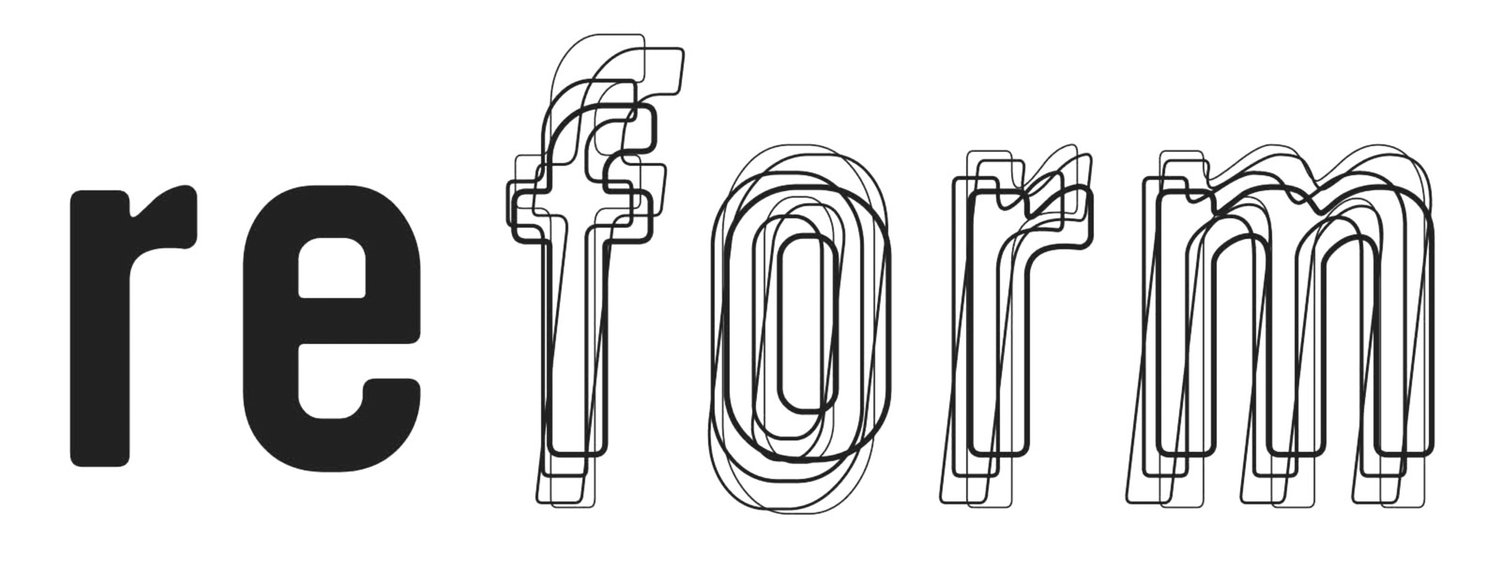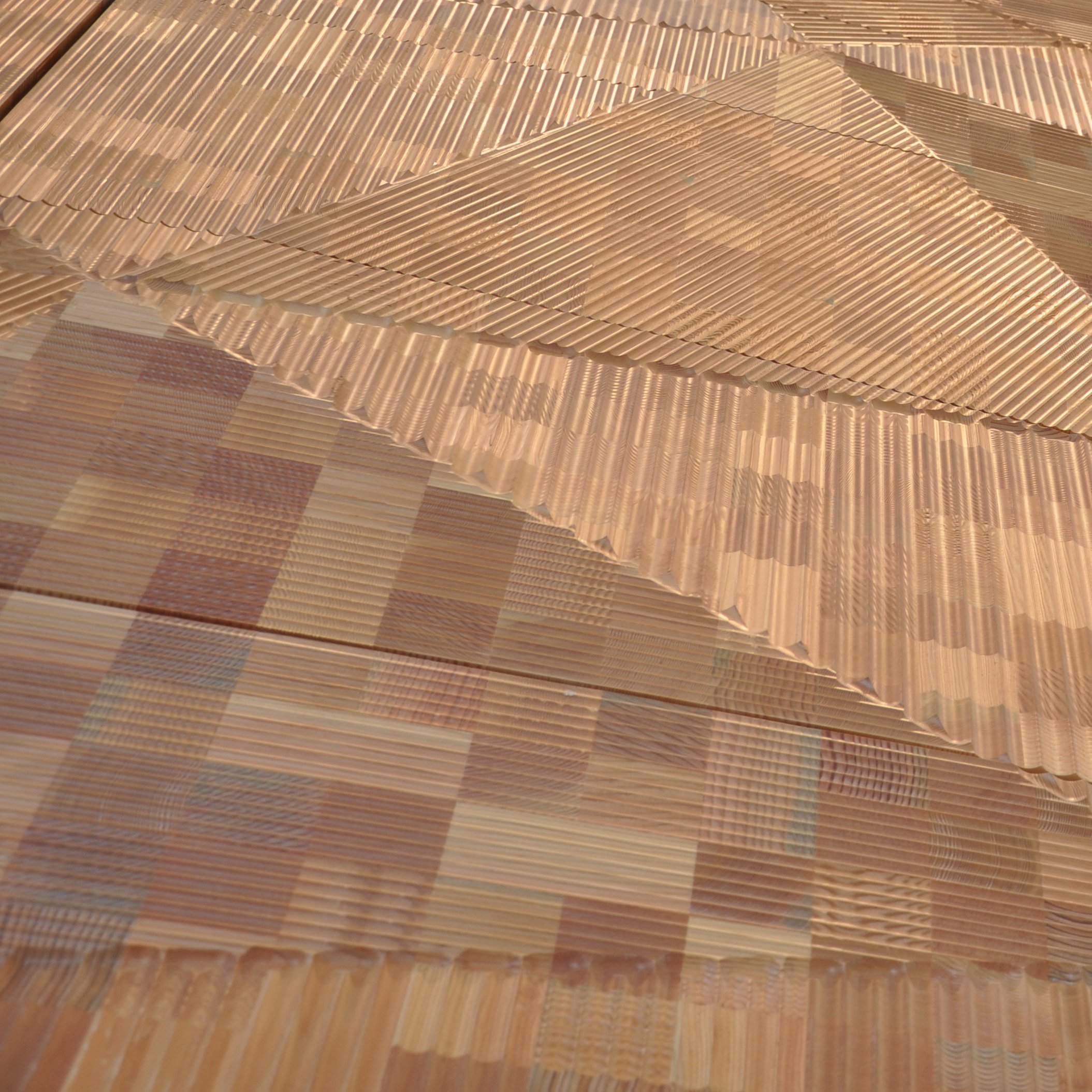111 K Street, NE
reform, llc was commissioned by developer J Street Development Corporation and base building architect Gensler to conceptualize a method of anchoring a new steel and glass office tower to its site in Northeast Washington, DC. The newly completed building occupies a triangular site and is defined along one edge by an existing, century old, stone retaining wall. As a means of contextually ‘grounding’ the proposed building within the site, Gensler initially intended the original stone wall to be visually present through the building lobby. However, due to the limited footprint of the site and the need for a larger than expected service space, our office proposed a new feature wall as a means of establishing a dialog between the two adjacent surfaces.
The new wall serves as an ‘abstraction’ of the traits and characteristics of the original stone wall. This abstraction takes place through a delicate choreography between scale, proximity, perspective and material properties, fabrication techniques and form. Consolidated into a single plane, one’s perception of the new surface is intended to perpetually shift relative to various physical scales of the surface itself (the unit, the components, and the composition) and at each of the scales at which the surface is viewed (within arm’s reach, entry to the lobby and from across the street).
As the three scales are encountered, one begins to understand the complexity of the layers embedded within the surface. One begins to acquire, interpret, select, and organize the sensory information, allowing the surface to perform as a perceptual device, activating the architectural and urban space around it.
Intending to keep the cost of the surface at a minimum, while critically questioning the use, aesthetics, and properties of standard building materials, the surface began with the development of a basic building block [the unit]. The units (created from nominal lumber) were assembled into random patterns using an algorithmic function which dictated the orientations of grain (vertical vs. horizontal, face vs. end). The resulting panels [the components] were then arranged and linked through a series of formally faceted surfaces, creating a cohesive, yet unanticipated reading of the whole [the composition] across the surface. The result is a refined assembly and surface that is clearly understood as an assemblage of units, but whose whole cannot be reduced to a sum of its parts.


















